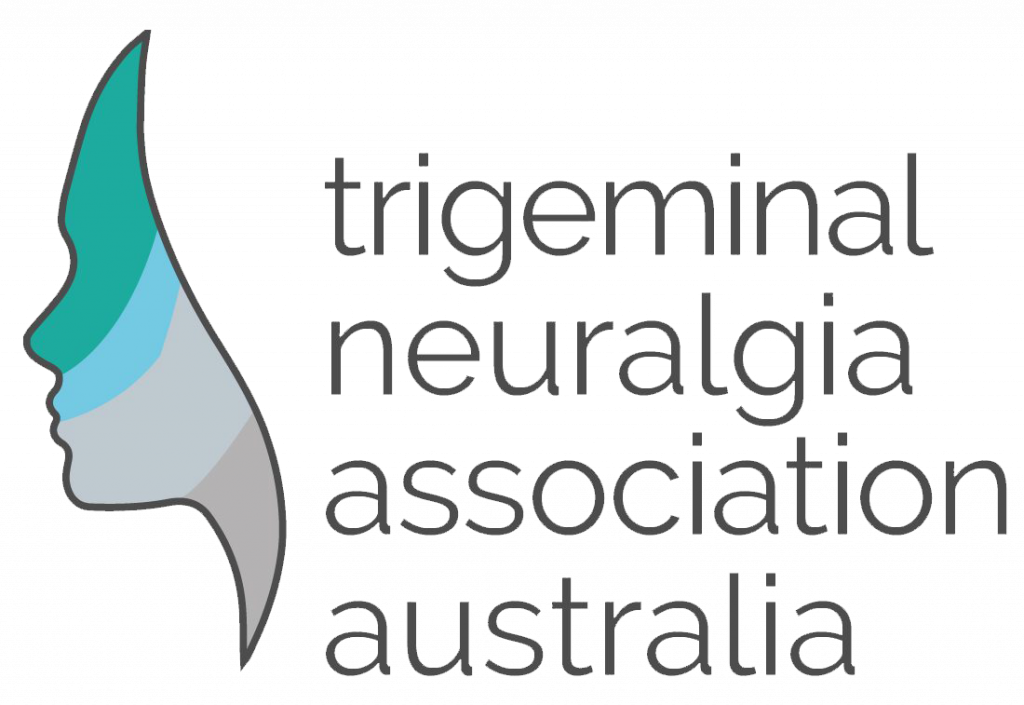- Used in treatment of pain since the 1960’s
- Useful for neuropathic pain, especially if pain is lancinating or burning in nature
- Specific mechanisms of action uncertain, but likely to stabilise the nerve membrane by blockade of voltage sensitive Na channels resulting in reduced ionic conductance of sodium and potassium
Carbamazepine (Tegretol) – NNT to obtain 50% relief – 1.7
- Controlled release preparation better tolerated than immediate release usual tablet
- 200mg nocte increasing slowly to 400mg bd
- Response within a week in 65-80%
- Minor SE: sedation, dizziness, nausea, unsteadiness, rash
- Major SE: bone marrow suppression, liver function abnormalities, hyponatremia
- Serum therapeutic ranges are irrelevant
- 4 placebo control trials showing effectiveness
Sodium Valproate (Epilim)
- Better tolerated than Tegretol
- Increases activity of the inhibitory transmitter GABA
- 200mg nocte increasing to 400mg bd
- SE: GIT, weight gain, tremor
- Hepatic dysfunction so LFT’s should be monitored
- Serum therapeutic ranges are irrelevant
- Oxcarbazepine (Trileptal)
- Active metabolite of Tegretol therefore less side effects of effect on sodium, dizziness, drowsiness and lethargy
- Slightly less potent than Carbamazepine, so higher doses needed
- 4 studies in Canada and Europe show it is as effective as Tegretol (70-80% response)
- Not covered by PBS currently in Australia and costs approx. $90 per month
Oxcarbazepine (Trileptal)
- Active metabolite of Tegretol therefore less side effects of effect on sodium, dizziness, drowsiness and lethargy
- Slightly less potent than Carbamazepine, so higher doses needed
- 4 studies in Canada and Europe show it is as effective as Tegretol (70-80% response)
- Not covered by PBS currently in Australia and costs approx. $90 per month
Pregabalin (Lyrica)
- Works on alpha-2-delta ligand
- Analgesic, anxiolytic and anti-convulsant
- SE’s: Dizziness, somnolence, blurred vision, weight gain and peripheral oedema
- 25mg nocte increasing slowly to 300mg bd
Gabapentin
- Used in a variety of neuropathic pain conditions such it prevents allodynia and hyperalgesia
- Improves pain and sleep
- Designed as an analogue of GABA, but also acts also on NMDA receptors
- 100mg nocte titrating up to 1800mg/day
- SE’s: ataxia, drowsiness, fatigue


